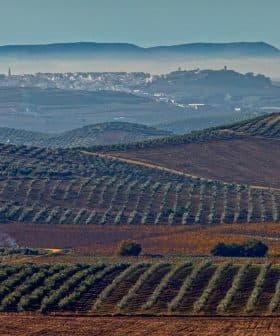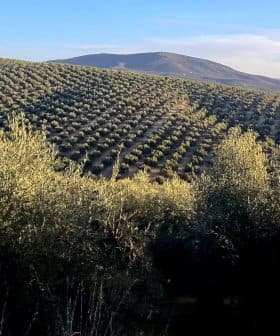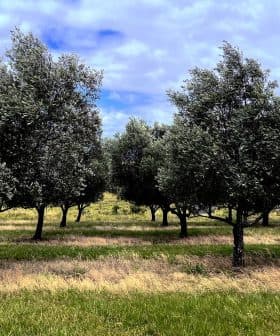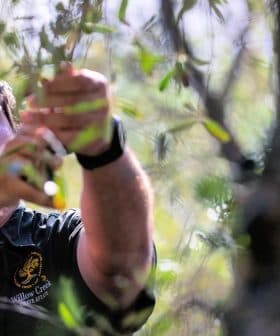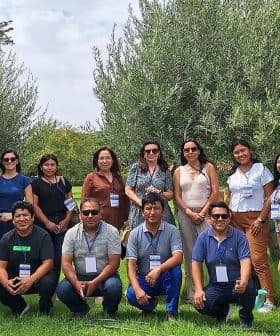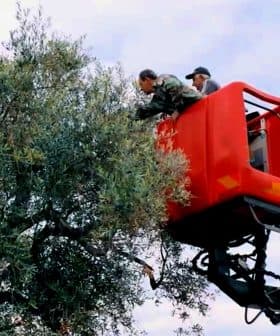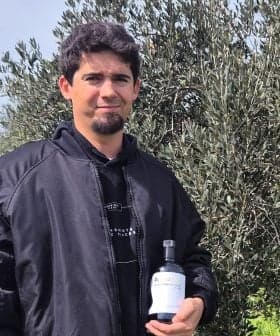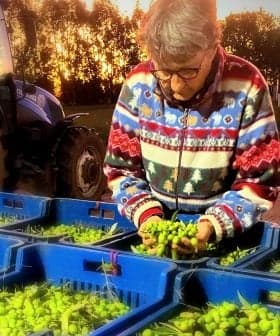The Olive Fruit Fly: A Persistent Pest in a Changing Climate
The olive fruit fly constantly threatens crop yields, olive oil quality and farmers' livelihoods.
 Olive fruit fly
Olive fruit fly  19.6K reads
19.6K readsThe olive fruit fly is a significant pest in the Mediterranean basin, causing economic damage by laying eggs in olive fruit and reducing oil production. Efforts to control the fly include biological control methods, integrated pest management practices, and new technologies such as pheromone traps and the sterile insect technique. Research is ongoing to develop olive trees resistant to the fly, but the use of genetically modified organisms remains a controversial topic in pest management.
The olive fruit fly, Bactrocera oleae, was recorded attacking olives in ancient times and has long been a formidable pest in the Mediterranean basin.
The larvae are monophagous, feeding exclusively on olive fruit of the genus Olea, including O. europaea (cultivated and wild), O. verrucosa and O. chrysophylla. As such, the olive fruit fly’s distribution is primarily limited to regions where cultivated and wild olive trees are found.
See Also:Olive Oil BasicsToday, the olive fruit fly is reported throughout the Mediterranean basin, south and central Africa, the Canary Islands, the Near and Middle East, California and Central America.
Reports of Bactrocera species collected on wild olives in China bring into question the fly’s presence in Asia, but it has not yet been reported in South America or Australia.
Measuring the damage of the olive fruit fly
On both cultivated and wild olives, females lay their eggs in ripening fruit, in which the newly hatched larvae feed upon the pulp and either pupate in the olive or exit to pupate on the ground.
Economic damage results from the adult fly’s egg insertion on the fruit surface of table olives; the fruit drop caused by feeding larvae (and subsequent reduction in oil production); lowered quality and value of pressed oil due to increased acidity (resulting from microorganism growth); and the direct pulp destruction from larvae that can render fruit useless for canning.
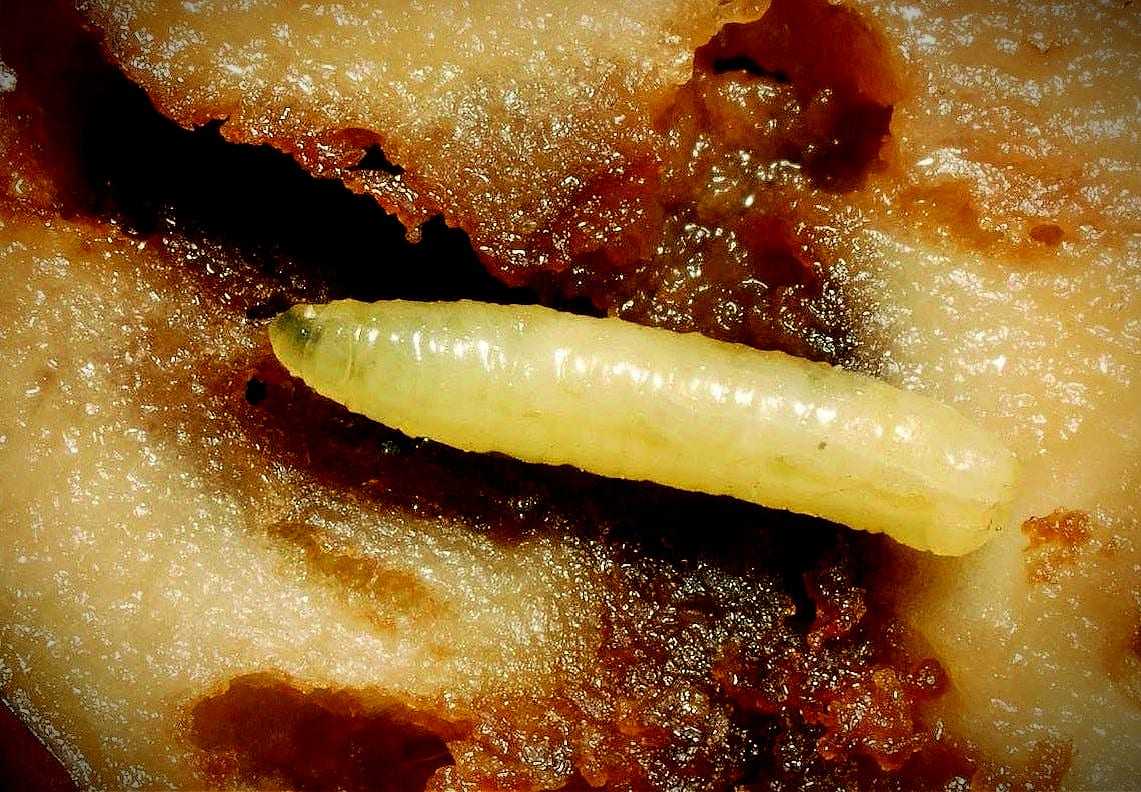
Female olive fruit flies lay their eggs in the olive, with the hatching larvae feeding on the olive pulp.
The olive fruit fly constantly threatens crop yields in the Mediterranean basin, where about 95 percent of global olive oil production occurs.
In Italy, for example, losses due to the olive fruit fly have been estimated to reach up to 30 percent of the crop in some areas. In Spain, the cost of controlling the olive fruit fly has been estimated to exceed €100 million annually.
The situation is not much better for olive growers in California. Since the olive fruit fly was first detected in the state in the 1990s, its presence has caused significant financial losses for growers. According to a study by the University of California, losses due to the olive fruit fly in the state can reach up to $100 million (€94 million) per annum.
Olive fruit fly origins and initial efforts to curb its spread
Despite its abundance and notoriety on cultivated olives, the olive fruit fly most likely originated in regions of sub-Saharan Africa where wild olive varieties are found and domesticated cultivars were derived from.
Exotic pests often thrive in new areas because they lack their usual predators and face ineffective local predators. Classical biological control involves using natural enemies to reduce the invasive population.
Several species of parasitic wasps have been used in the Mediterranean region as biological control agents, as they lay their eggs in the eggs or larvae of the olive fruit fly, killing them before they can cause damage.
However, using biological control methods can be challenging, as they require precise timing and environmental conditions to be effective.
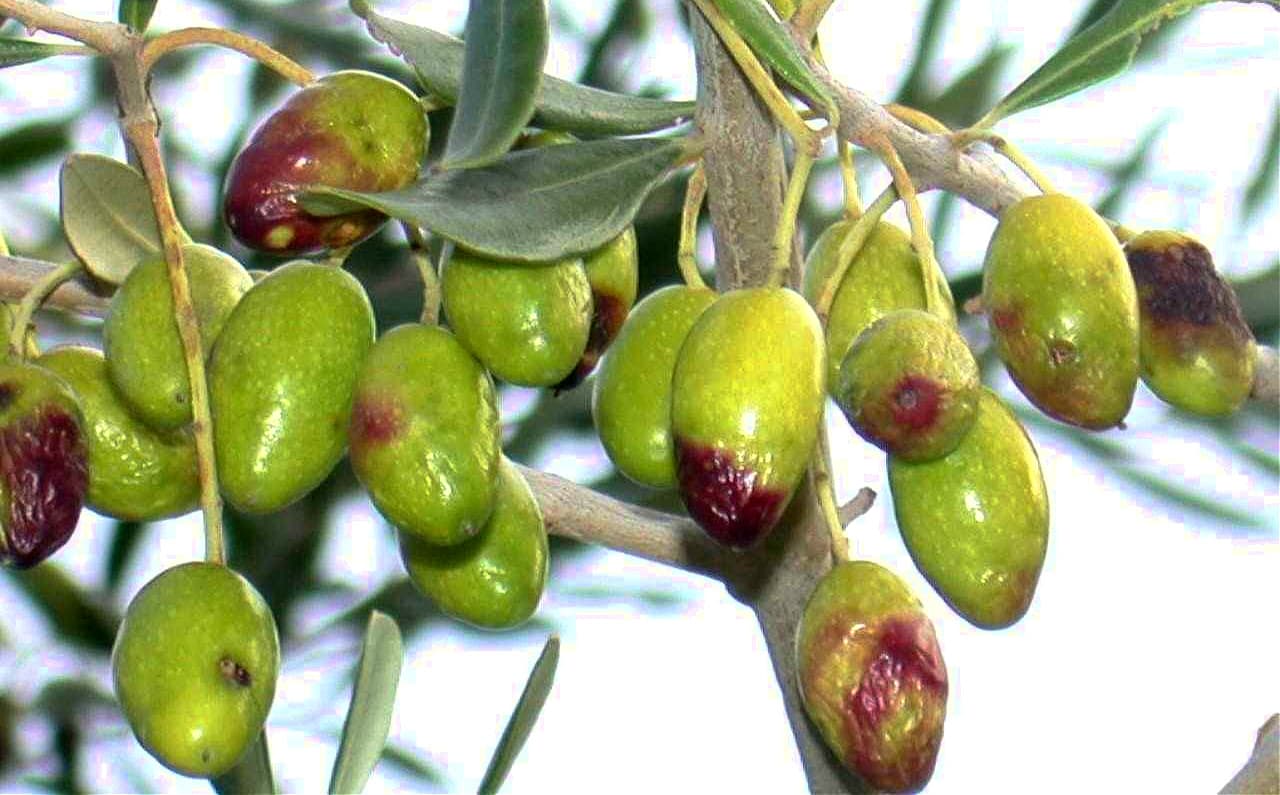
Olives damaged by the olive fruit fly (Photo: Tuscany regional phytosanitary service)
Successful programs yield positive economic returns, but they must be carefully executed to avoid releasing predators that harm non-target ecosystems.
For invasive plant-eating pests, this involves understanding the predator’s impact on its native habitat, its biology, host preferences and potential interactions in the local food chain. Environmental factors also play a role in selecting the proper predator.
In the early 1900s, the first significant effort to control B. oleae populations by introducing co-evolved parasitoids occurred.
Natural enemies were explored in Africa and brought to Italy by Filippo Silvestri. Various braconid species were found in Africa, but Silvestri could not culture them successfully, and only a few were released.
P. concolor from Tunisia was subsequently introduced multiple times in olive groves across the Mediterranean but only established itself in some southern areas and was not effective. Nevertheless, there is still interest in mass-rearing and releasing these species.
As work in classical biological control continues, growers rely upon a combination of more established control methods to mitigate the effects of the pest.
Producers turn to new methods to control the olive fruit fly
Insecticides are the most common method used to manage the olive fruit fly. However, the overuse of insecticides can lead to the development of resistance and can also negatively impact non-target species and the environment.
The effectiveness of insecticide-based programs is also limited by the abundance of roadside and residential olive trees in many olive-growing regions, which serve as reservoirs and contribute to the fly’s reinvasion of treated groves.

Until European authorities banned its use, dimethoate was a commonly-used pesticide.
Integrated pest management (IPM) practices are often recommended to improve the outcomes of insecticide programs and reduce the associated risks. IPM involves using multiple control methods, including cultural, biological and chemical control, to effectively manage pests with minimal negative impacts.
Cultural control is one of the most effective ways to control the olive fruit fly through practices that disrupt its life cycle. These include removing infested fruit from the tree and ground, pruning the tree to reduce dense foliage and harvesting the fruit early to prevent it from becoming overripe.
Education and outreach also play a critical role. Growers must be informed about the pest, its life cycle and effective management strategies. Extension programs and workshops can give growers the knowledge and skills to manage the pest effectively.
See Also:As Pesticide Bans Loom, Croatian Agronomists Advise Other Methods to Stop the Olive FlyIn addition, public education campaigns can help to raise awareness of the olive fruit fly and its impact on the environment and the economy. Outreach programs can also promote sustainable and environmentally friendly pest management practices, reducing the adverse effects of insecticides on non-target species and the environment.
New technologies to monitor and detect the olive fruit fly
Monitoring and early detection are critical components of any effective management program. Regular monitoring of olive trees can help to detect the presence of the olive fruit fly before it causes significant damage, allowing for timely intervention.
In addition, early detection can help to prevent the spread of the pest to neighboring groves, reducing the overall impact of the pest on the olive industry.
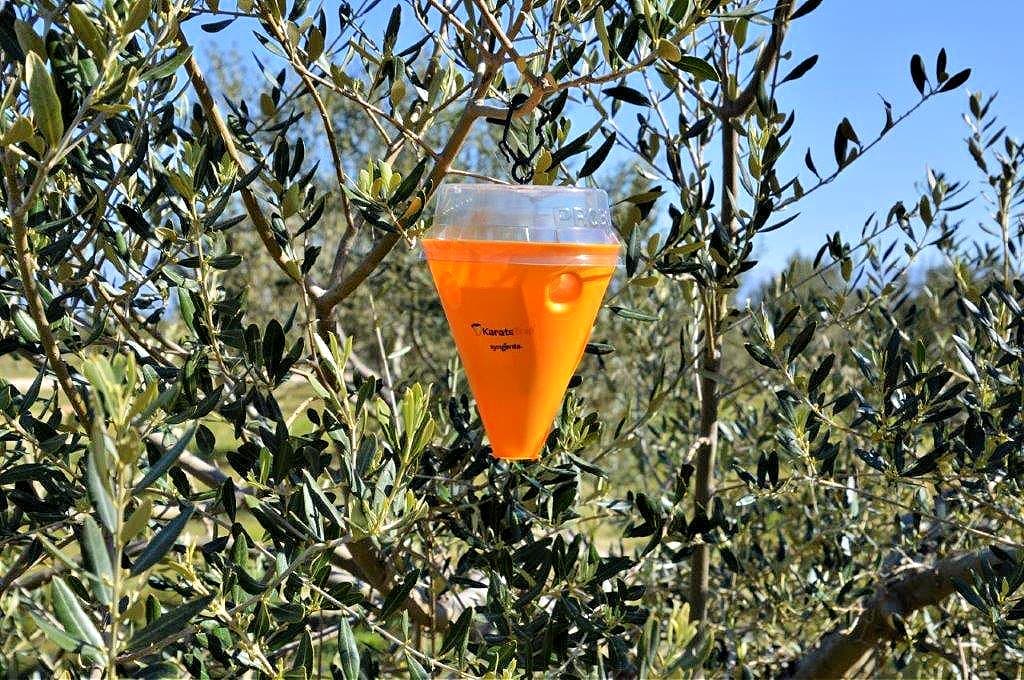
Syngenta’s Karate Trap B is one of the newest control methods being used by farmers in Croatia.
Researchers and growers are constantly exploring new technologies and innovations to improve the management of the olive fruit fly. One such development is using pheromone traps to attract male olive fruit flies and prevent them from mating with females. This can reduce the overall population and decrease the need for insecticide use.
Another recent innovation is using the sterile insect technique, which involves releasing large numbers of sterile male olive fruit flies into the grove to mate with wild females. This results in a reduced population of olive fruit flies, as the eggs produced by the wild females fail to hatch.
See Also:Smart System Identifies Olive Fly’s FlutterThe sterile insect technique involves the use of radiation to sterilize insect pests. The method has been used since the 1950s and has been instrumental in eradicating disease-carrying mosquitoes from numerous world regions.
Because it requires no genetic modification and has minimal environmental impact, the process is not subject to the stringent regulatory restrictions of more advanced biological control methods.
The future of olive fruit fly control
Genetic engineering is one of the most recent areas of research being explored, not for its potential to modify the pest itself but to develop olive trees resistant to its predation.
Investigations are underway to introduce genes from other plants or insects that produce compounds that repel or kill the olive fruit fly into the olive tree genome.
However, using genetically modified organisms is a contentious issue, and there is significant debate around the safety and ethics of using genetically modified plants.
Although only one of many threats to olive groves around the globe, the olive fruit fly remains among the most serious, as it has for millennia.
With increasingly large-scale environmental and climate change, effective and sustainable management methods will only become more critical.
Know the Basics
Things to know about olive oil, from the Olive Oil Times Education Lab.
Extra virgin olive oil (EVOO) is simply juice extracted from olives without any industrial processing or additives. It must be bitter, fruity and pungent — and free of defects.
There are hundreds of olive varieties used to make oils with unique sensory profiles, just as many varieties of grapes are used in wines. An EVOO can be made with just one variety (monovarietal) or several (blend).
Extra virgin olive oil contains healthy phenolic compounds. Substituting a mere two tablespoons of EVOO per day instead of less healthy fats has been shown to improve health.
Producing high-quality extra virgin olive oil is an exceptionally difficult and costly task. Harvesting olives earlier retains more nutrients and extends shelf life, but the yield is far less than that of fully ripe olives that have lost much of their healthy compounds.
Share this article


